
Marketing Best Practices
Top 10 Tips for Commercial Real Estate Photography
It’s true:
In the world of commercial real estate, high quality photos are absolutely critical.
The photography on your commercial real estate website provides the first critical impact and can make a drastic impression for any potential tenant, broker or investor. Even the most unattractive buildings can engage more people and pique interest with the right use of photography best practices.
© Trent Bell Photography
If nothing else, remember this:
For any commercial real estate project, one of the best marketing investments you can make is on professional photography.
Why?
Because good quality photos can be used across many different marketing touch points such as your website, print collateral, and listing portals. In the increasingly competitive CRE marketplace, it can give you an edge and make a big difference in how quickly it takes to capture initial interest for selling or leasing your property.
We asked 7 leading commercial real estate photographers to share their most critical advice for planning to shoot your property:

1. Hire a professional
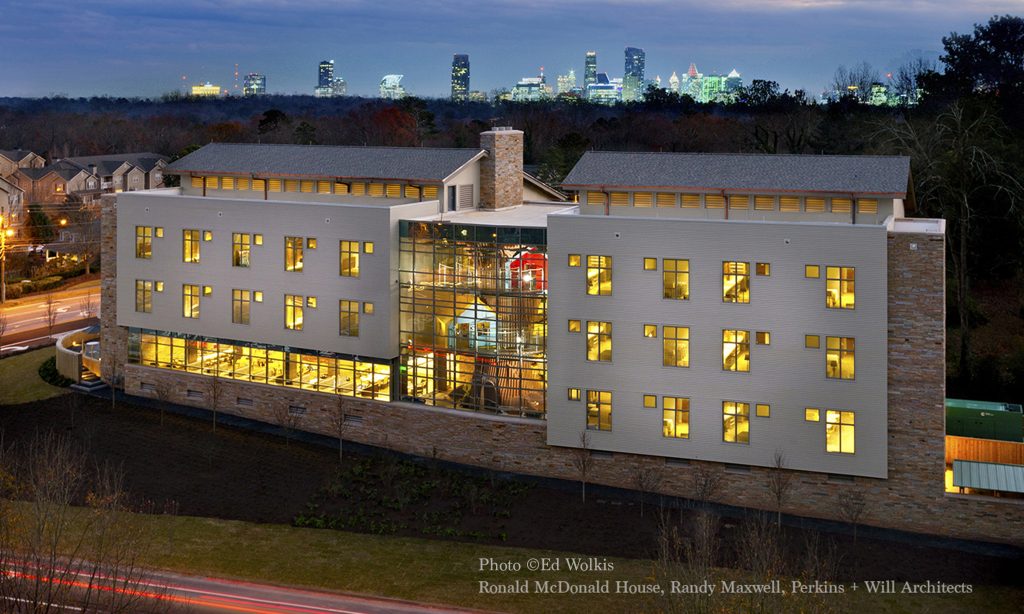
Buying good photography can actually give you a substantial return on your investment. You may be inclined to go with a less expensive photographer, but consider that the images you show can make a big difference in how long it takes to sell your property and the price that you may get for it.
2. Clearly share your objectives
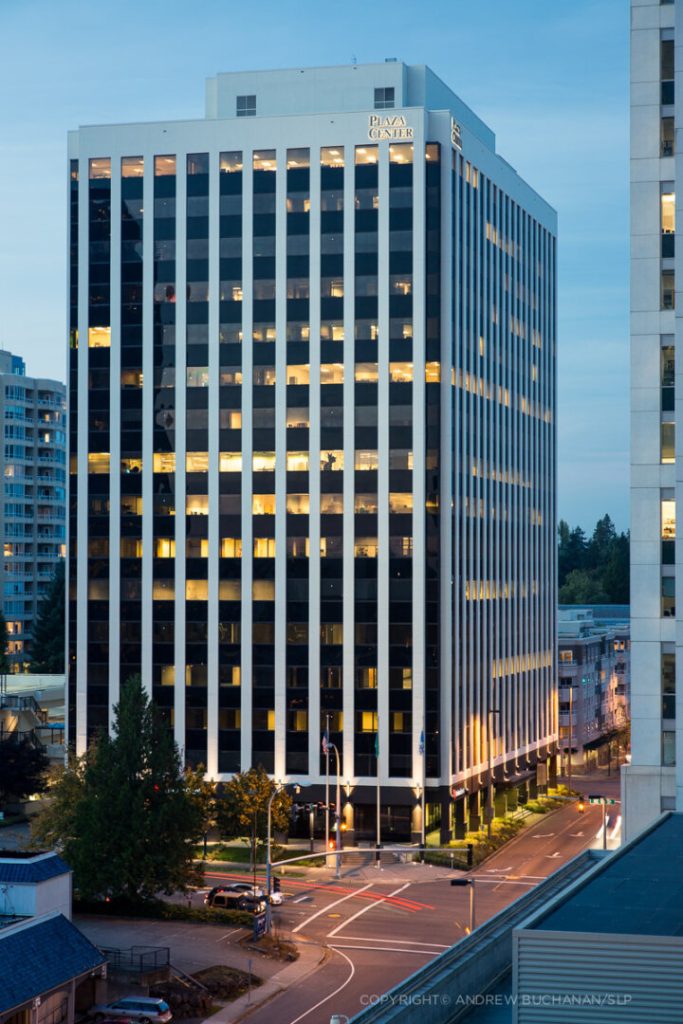
Work with a photographer who asks questions about what you’re trying to achieve and understands how to showcase that. Are you marketing amenities? The view? The location near downtown or transportation hubs? The fact it’s fully leased? A photographer who doesn’t ask about the goal of the photos, about what you’re trying to achieve, is almost guaranteed to not give you what you need.
3. Declutter your space
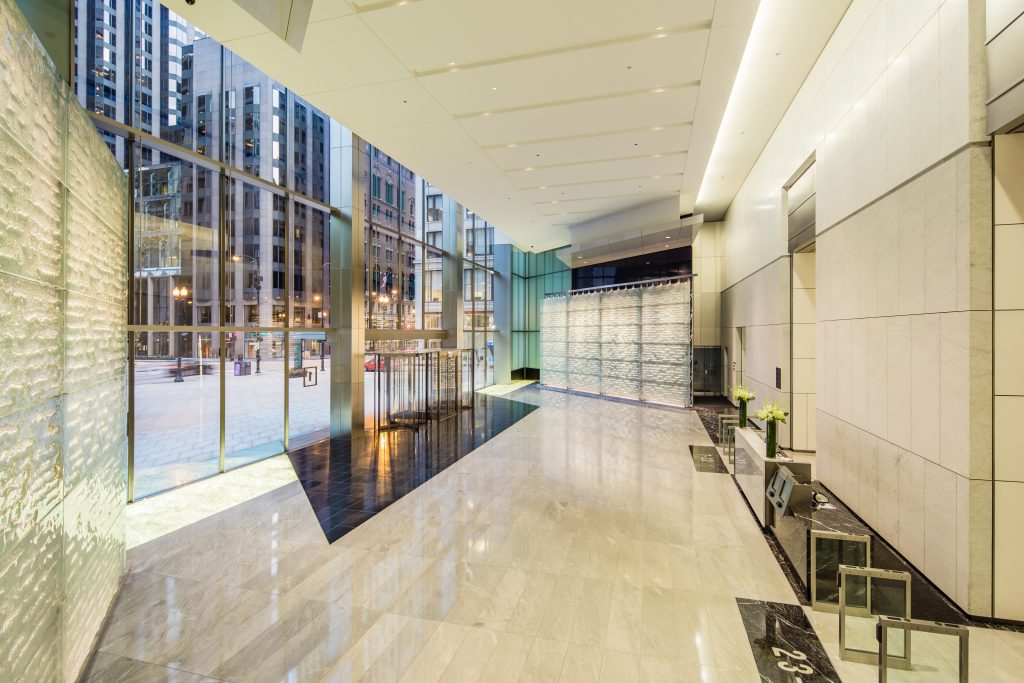
The reality is that good photography is more than just snapping pictures. We need a thoughtful shot list coordinated with the marketing team, an interior space to be truly ready and clean.
Marketing a property is about selling the space, the location, its benefits and advantages not the stuff inside the space. Try to remove as much stuff as possible without the space feeling empty or cold. The stuff give the space proportions but too much makes it small.
Have the landscape crew tidy up around the property and add any seasonal-color plants ahead of time (NOT on the day of the shoot). Also have the maintenance crew wash the windows, check for graffiti, replace burned out bulbs, power wash grubby spots, and tend to anything broken. Reschedule any deliveries, exterior maintenance projects, or one-time events scheduled on that day.
4. Plan well in advance of shooting
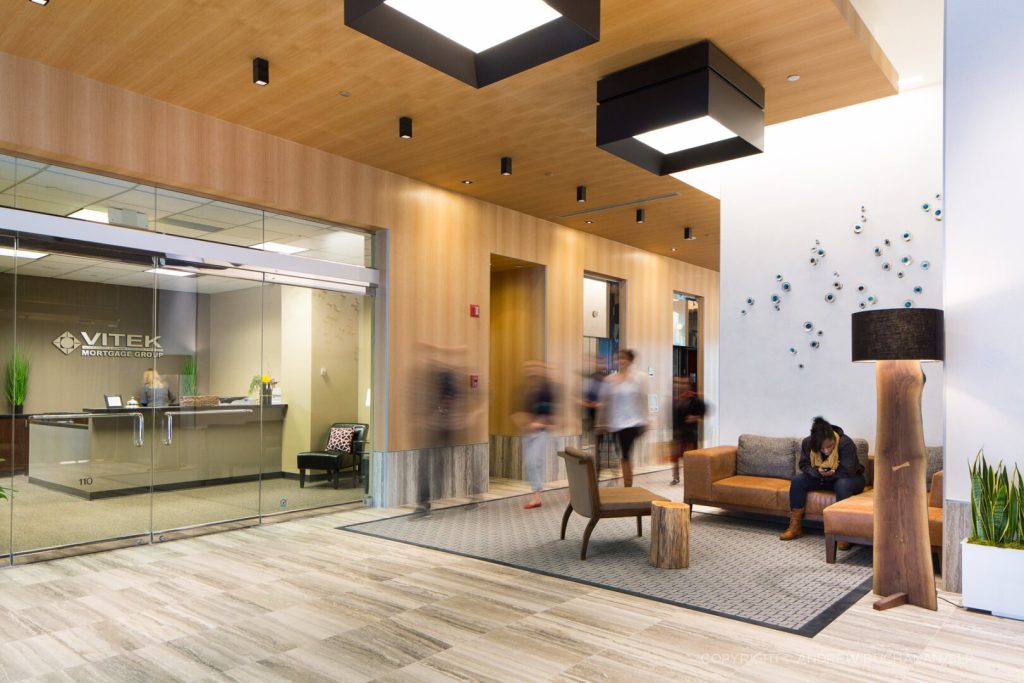
Well ahead of time, decide which, if any, tenant spaces you’d like to photograph and start securing permissions well in advance with those tenants. Photography requests may need to get passed through a legal dept., the home office, etc. and may take a surprisingly long time. While it’s not impossible to pull off something like this with just a few days’ notice, that’s not a recipe for getting the most for your money. Cleaning, maintenance, reserving spaces, and securing permissions from tenants will all make for better images and all need to happen ahead of time. And having the flexibility to wait on the best weather conditions for exterior images is important too. An experienced photographer should be able to get you at least a few really good images in almost any conditions, but giving him or her the time to plan ahead and be flexible means you’ll get a lot more useful, and better quality, images for your money. After all, you wouldn’t pay for a professional business portrait and not comb your hair or think about what clothes to wear, right? So why wouldn’t you take the time to make your property look its best before its “portrait”?
I’m very aware that time is often a constraint. In order to speed the entire process, I use Google Earth and sun charts to understand site conditions, use weather tracking apps, and I offer clients the ability to sign quotes digitally.
We like to use a pre-production checklist to help the process move smoothly and avoid any unexpected obstacles. It includes things like checking lightbulbs to make sure they’re all working, turning off sprinklers the day prior to the shoot, having windows cleaned prior to the shoot, having someone available to help the photographer that’s familiar with the space if problems arise (like tripped breakers or other maintenance issues), and parking control. Cars in the way of the exterior shot can really be distracting. We always ask if (if possible) to block out the parking spaces directly in front of the entrance.
5. Determine the best time of day
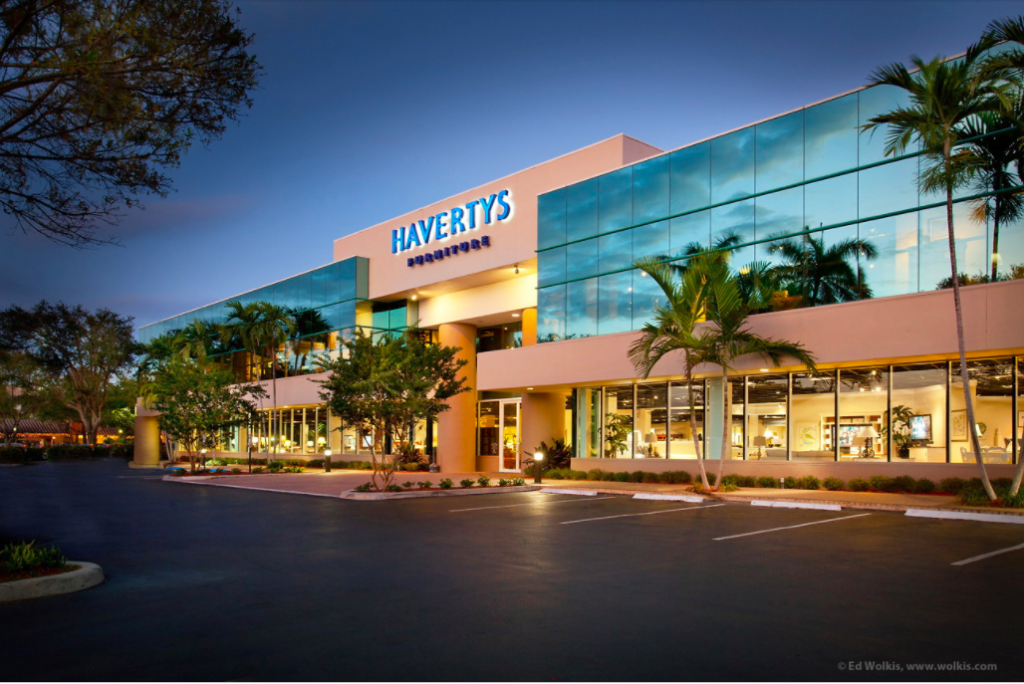
Usually the most important feature is the street view of the property. Take note of the direction of the sun. Most properties will look best when the sun is low and shining on the building. Determine the best time of day for this. If the building is facing north, it will never get direct sunlight, so plan to shoot at a time when the sun is not behind the building, shining into the camera. Sometimes the best solution for this is an overcast day or a dusk photo.
Lighting is critical. Try to avoid harsh sun as well as dark shadows. A soft, even balance makes the best photos.
6. Avoid depicting a season or time of year
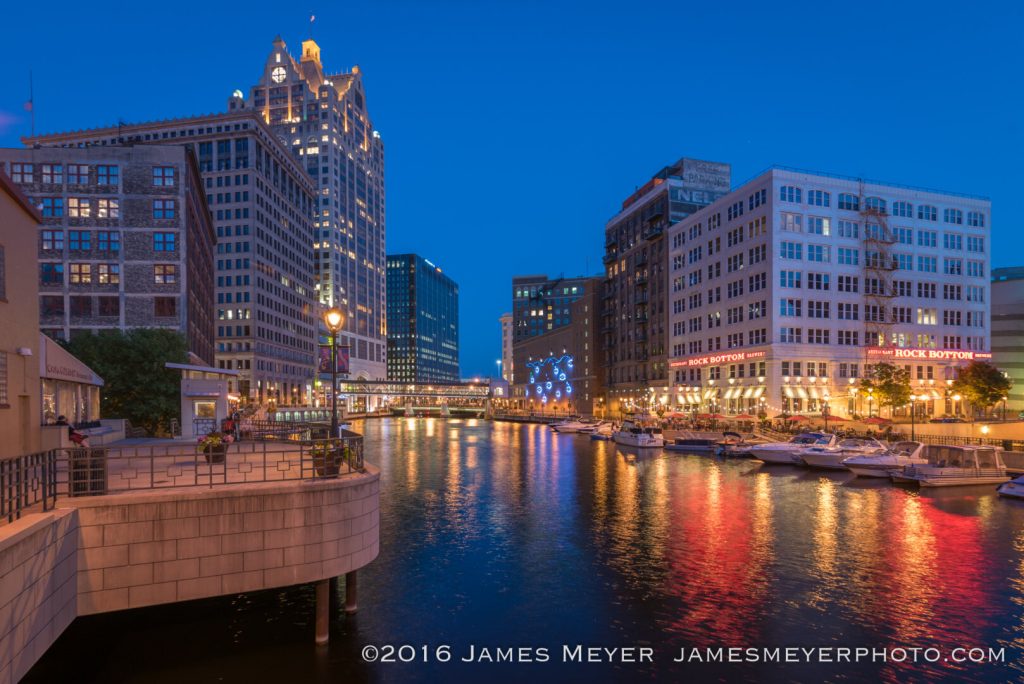
Avoid dating your photos by showing images depicting a season or time of year other than the one that is current. Buyers detach when it’s summer and they see property images from a winter month and vice versa.
7. Keep things straight and balanced
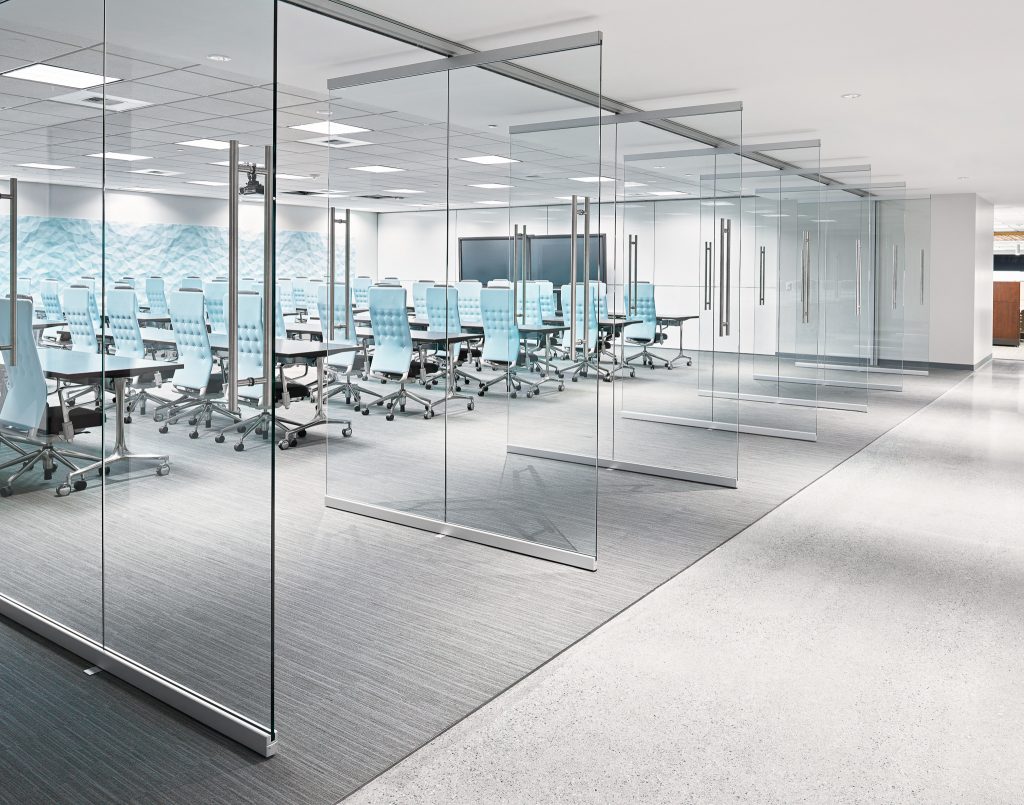
Verticals should be vertical.
Everything should be in focus.
Use anchor points (furniture or details) to connect one photo to another.
Get a proper white balance.
Make sure vertical lines are vertical and horizontal lines are horizontal. Images with crooked walls or sloping floors turn buyers off. Buyers can’t put their fingers on it necessarily but they view these types of images less favorably.
8. Emphasize location
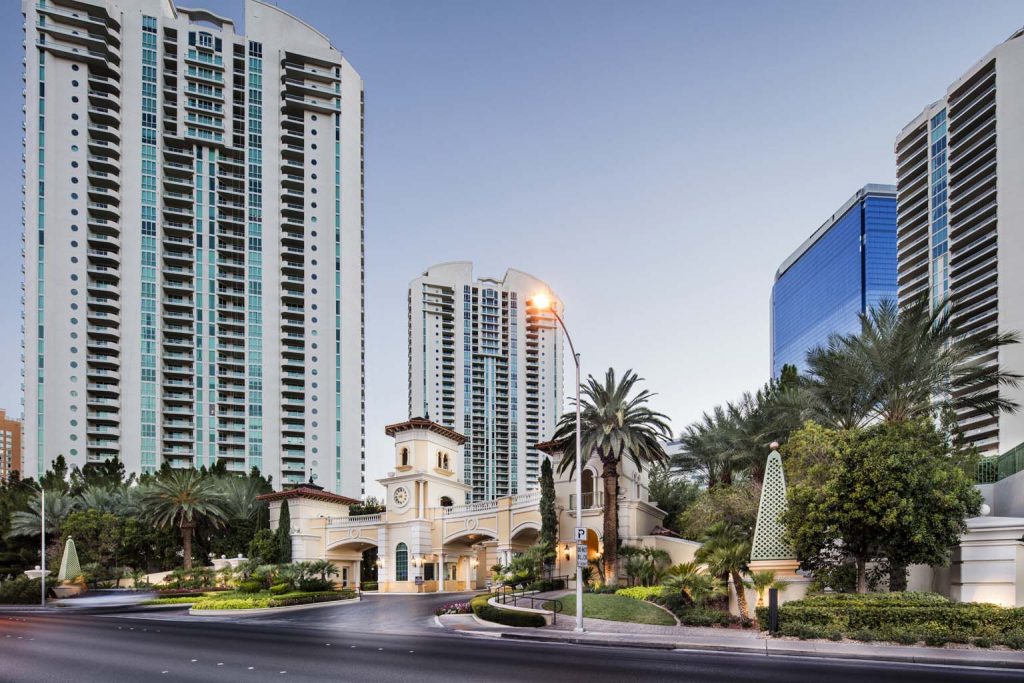
When a commercial property is located on a strategic point it’s very important to emphasize this, because location is the biggest value of any property.
9. Remember to coordinate with all involved parties
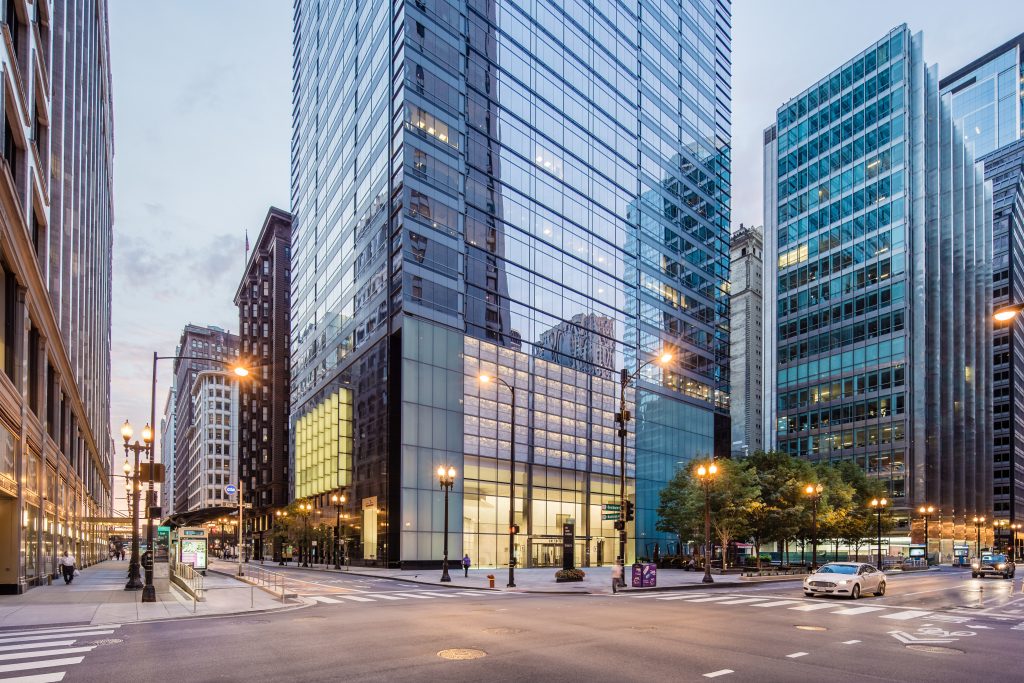
Like any relationship, communication is key. Commercial real estate photography coordination can get messy and convoluted. There are many people involved: Potentially the broker, building owner group, building management and engineers, marketing team, and the photographer all trying to stay on the same page. Clients should really have one person in contact with the photographer. That one person should be responsible for coordinating with each party. He/She needs to first understand the desires of the broker and owner, and have knowledge of what the marketing team is looking for. Additionally, he/she needs to coordinate with building management so they may grant access to various spaces.
10. Get a (legal) model release
People. Photographers should get model releases from anybody captured in a photo. In commercial type jobs those on location need to be informed they may appear in photos being taken and a release should be obtained prior to the shoot.
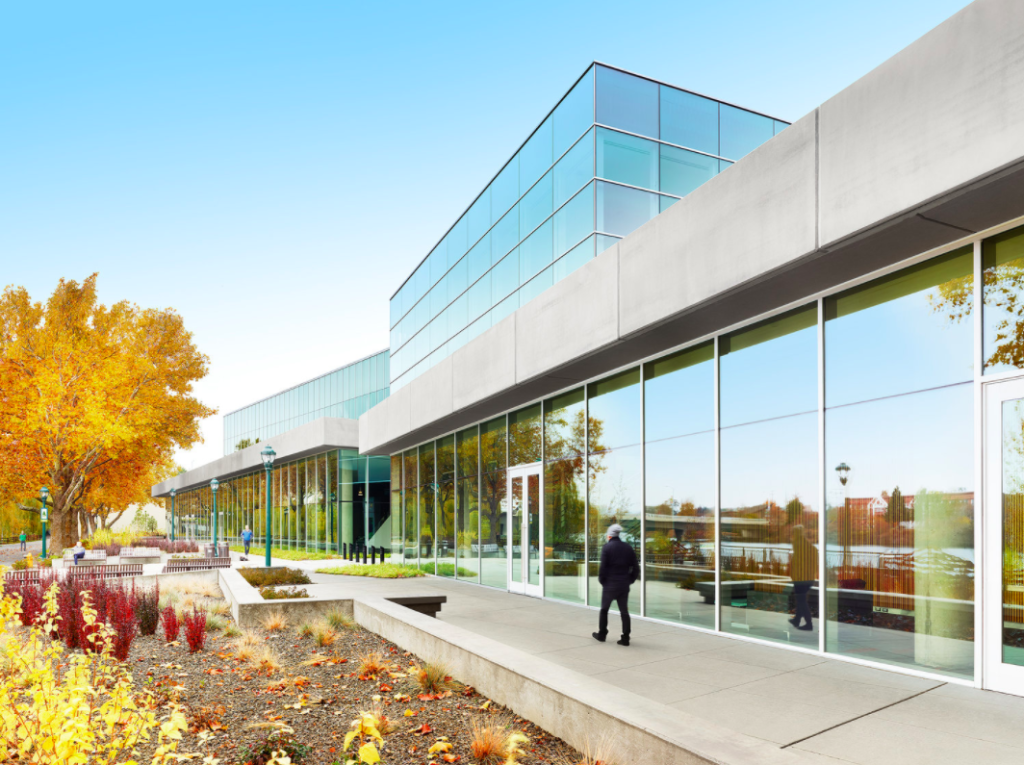
© Tony Roslund Photography
Do it yourself
Here are some[optinoid id=1988] extra tips [/optinoid] on how to take on a property photo shoot by yourself.
Further reading: The Commercial Real Estate Photography Guide: Pricing, Delivery Time and Planning Tips
What is SharpLaunch?
SharpLaunch is an all-in-one CRE marketing platform to help you streamline your marketing efforts and modernize your digital presence.
Related Blog Posts
Company updates
Announcing our New Flyer Design Tool
Say goodbye to the hassle of hiring a designer or struggling with complex design tools...
Marketing Best Practices
9 Essential Deal Room Features Every CRE Professional Needs
Virtual deal rooms have revolutionized how commercial real estate professionals manage...
Marketing Best Practices
6 Key Attributes to Define Your Ideal Customer Profile in Commercial Real Estate
In commercial real estate, success isn’t just about finding customers—it’s about finding the...
